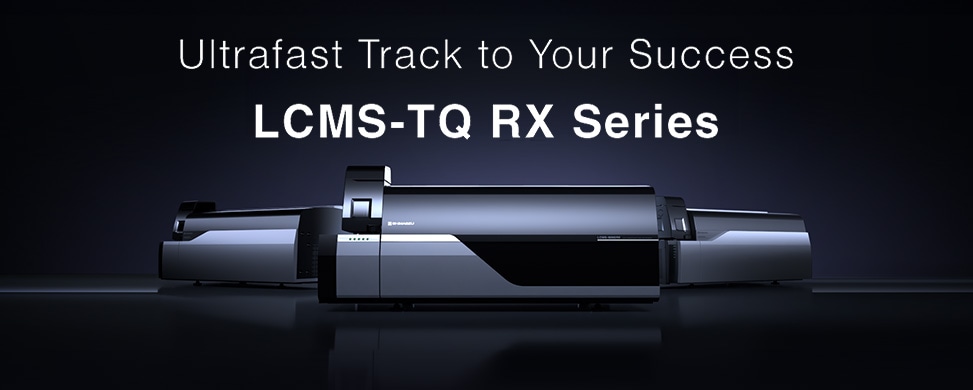
LCMS-TQ RX Series Triple Quadrupole LC-MS/MS
- The Shimadzu LCMS-8060NX provides clinically relevant sensitivity and selectivity for quantifying four steroids from serum separator cards. - The small sample volume obtained from serum separator cards simplifies the processes of sample collection, storage, and transportation. - Increased throughput is achieved by simultaneously analyzing multiple analytes in a single run, compared to traditional ELISA, which requires separate assays for each analyte.
Endogenous steroids are essential to the regulation of several metabolic pathways including energy metabolism, stress, and fertility. Dried blood spots (DBS) offer an alternative to conventional venipuncture blood collection by allowing less invasive sample collection at home. A challenge for the lab is the small sample size collected from the dried blood spot resulting in low concentrations of endogenous analytes. To assist with the accurate quantitation of select steroids in this biological matrix, Dispersive Pipette XTRaction (DPX) technology was utilized for increased sensitivity and selectivity by reducing matrix interference. A Shimadzu LCMS-8060NX triple quadrupole mass spectrometry with its sensitive quantitation capability was used to analyze four endogenous steroids. Optimized source conditions and MRM transitions on the mass spectrometer were used to detect clinically relevant concentration limits in the matrix. The correlation between traditional immunoassay assays and this newly developed LC-MS/MS method was determined using eight unique human serum samples.
July 18, 2024 GMT
Some products may be updated to newer models